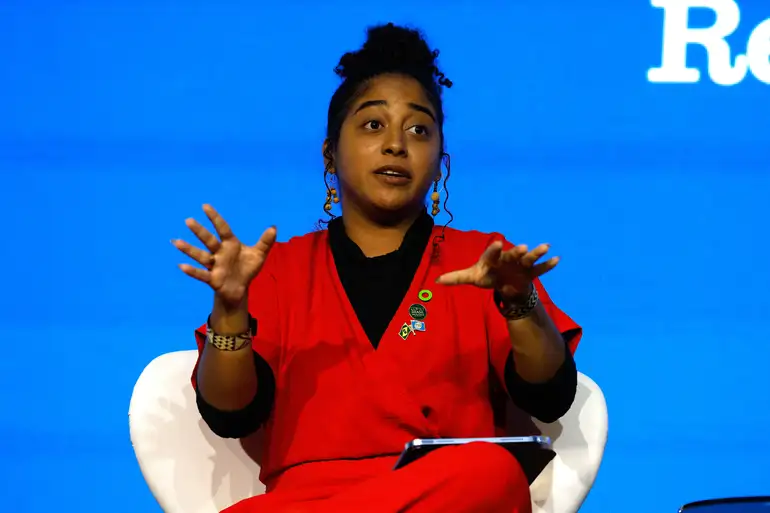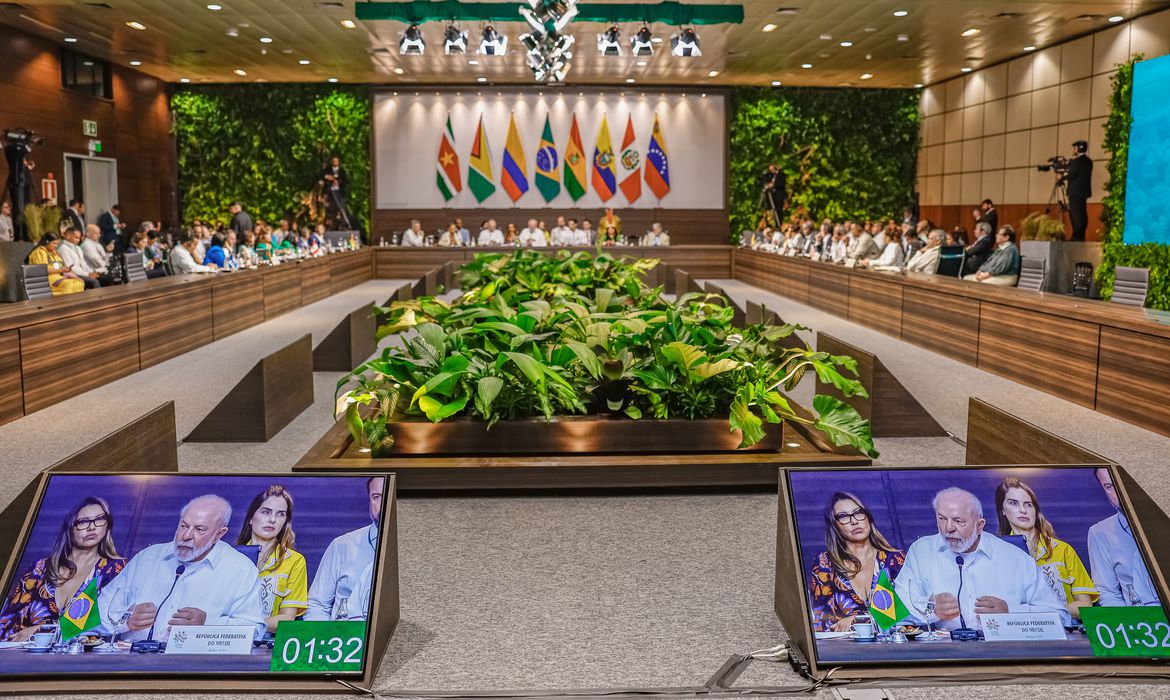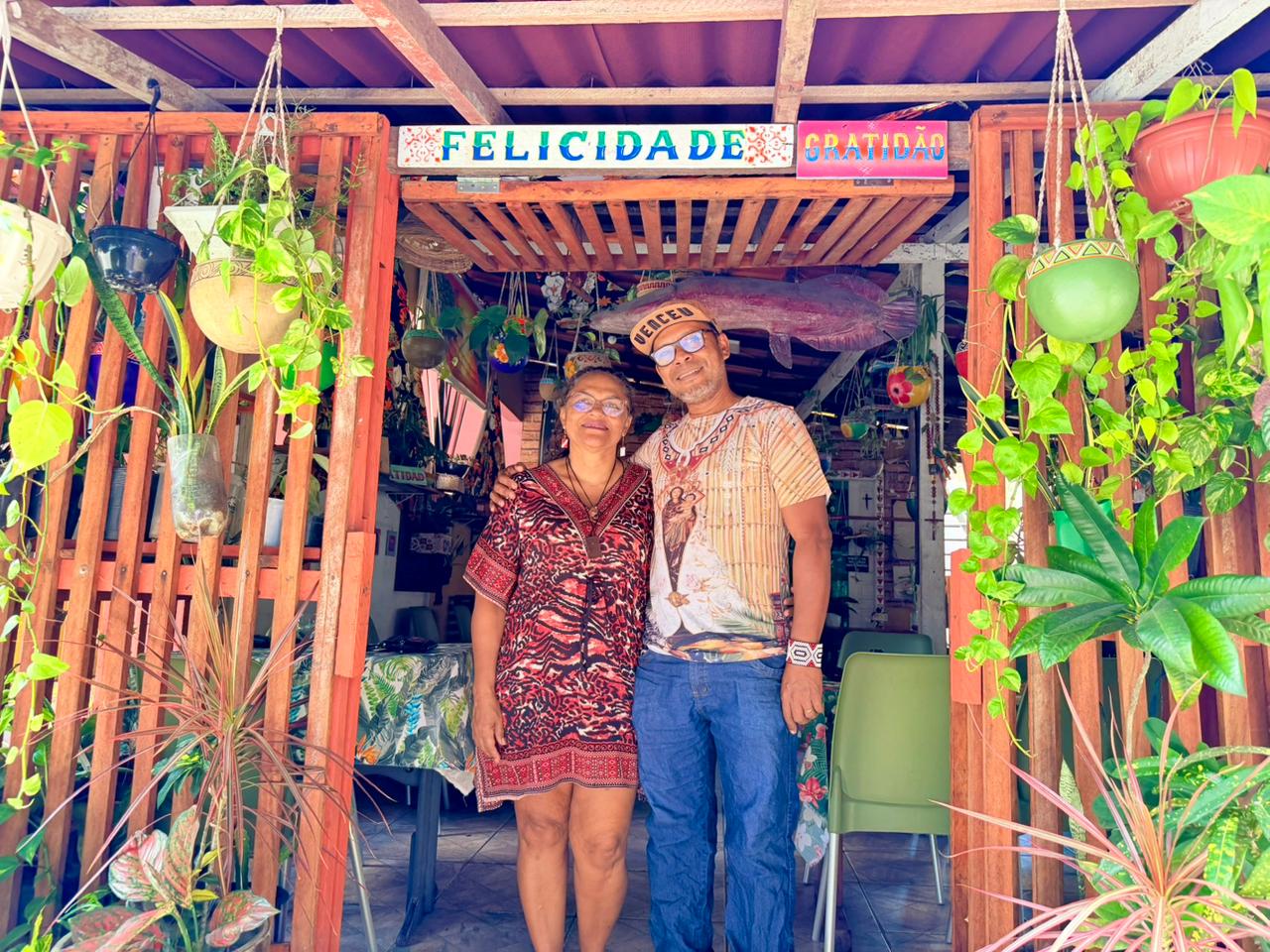
Youth at the COP30 Decision-Making Table
Young people move beyond symbolic roles and take real leadership in COP30 decisions
by Kawê Veronezi and Isabela Vanzin for the NINJA Collaborative Coverage at COP30
The image of climate-engaged youth was solidified in school strikes and large-scale protests in recent years, especially through mainstream media. However, behind this well-deserved visibility lies a paradox: while young people are applauded for their “awareness,” their real potential to lead systemic transformation is often underestimated. Reduced to mascots of activism, young scientists, entrepreneurs, and policymakers struggle to move their contributions from the borders to the center of decision-making.
Public perception often limits the young activist to the figure holding a sign. Yet a much more complex and robust ecosystem of action was revealed in the letters delivered to the presidency at the Pre-COP. The transformation this generation proposes goes far beyond indignation, it is being built in laboratories, green-tech startups, and the halls of the courts.
In universities, it is young researchers who conduct much of the fieldwork on the impacts of global warming on local ecosystems and who develop new sustainable materials. Startups founded by recent graduates are developing everything, from cheaper carbon-capture technologies to apps offering green solutions rooted in their territories. In judicial and political spaces, youth have been the ones pushing the hardest against stakeholders who profit from socionatural disasters.
Experts in social movements point to structural “adultism” as one of the reasons behind the inequality of voices in decision-making processes. Here, “adultism” refers to the tendency to dismiss young proposals as naive or utopian, while “mature” solutions, often those that perpetuate fossil-fuel dependence, continue to dominate the agenda.
Jean Ferreira, a young member of the organization Gueto Hub and part of the “COP das Baixadas” coalition, comments on youth participation: “We understand that our place as youth is at the decision-making table, with our authorities, with our world leaders, negotiating together. You can’t talk about the carbon market without including Indigenous youth, youth from the peripheries, ribeirinha youth, quilombola youth who are on the front lines. We can’t talk about the Loss and Damage Fund without a real commitment to how this financing will take root and become grounded in local communities”.
Youth and COP30
The United Nations Climate Change Conference, held from November 10 to 21, 2025, in Belém, has been called the “Implementation COP.” For the first time, youth are officially occupying decision-making spaces. The position of Presidency Youth Climate Champion (PYCC) was institutionalized within the UN system, and Marcele Oliveira, a 26-year-old activist from the outskirts of Rio de Janeiro, was selected amongst 154 candidates to represent children and young people in the COP30 decision-making process.
To broaden public participation, the presidency launched the Global Youth Task Force, which mapped over 230 youth-led initiatives worldwide. The letters delivered at the Pre-COP in Brasília gathered more than 300 young people from 40 organizations, showing that the grassroots already have solutions in motion for adaptation, climate justice and racial equity. Marcele explained that these projects serve as a showcase to demonstrate that “the solutions already exist” and that youth demand a leading role.
Youth as protagonists
The new generation takes to the streets, operates in networks, connects socio-environmental struggles to everyday life, and brings issues once dismissed as “excessive idealism” to the forefront. In a world that has already entered the era of emergencies, such as repeated floods, prolonged droughts, record heat waves, youth activism has increasingly presented essential alternatives for the governance of the climate agenda.
In this urgent context, what surprises most is the boldness and pragmatism of young people. For decades, youth were treated as symbols rather than as a real political force within the global climate agenda. Amid photos of leaders posing with young people and speeches repeating the mantra that “the future belongs to them”, a dangerous narrative was reinforced: that young people are well-intentioned side characters, not structural protagonists.
The active participation of youth at COP30 sends a clear message: a historic rupture is underway. Youth protagonism, whose presence in previous conferences was mostly symbolic, now becomes institutional.
At a time when the global population of young people (ages 10 to 24) is estimated at 1.8 billion, the largest in history according to the UN, ignoring their role in climate governance and keeping them at the borders of decision-making only reinforces inequalities and wastes the most numerous political force, and the one most directly impacted by today’s decisions. Recognizing the central role of youth ensures that the solutions implemented are lasting.




